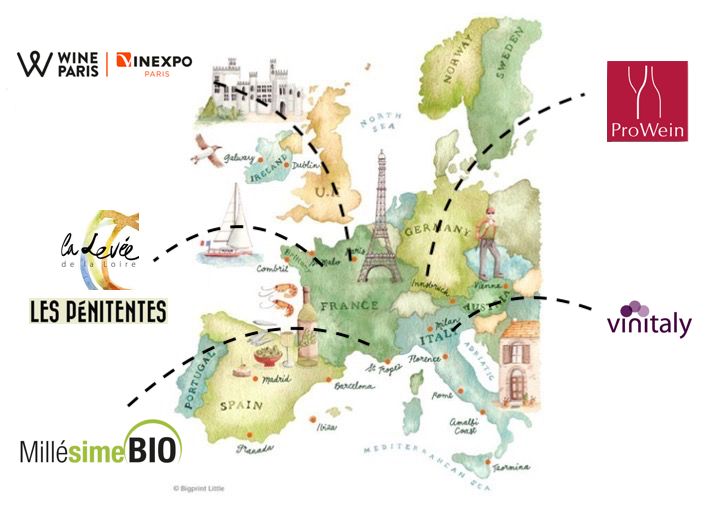Provence, la Londe les Maures
Figuière, September 2023
Harvesting at Figuière ended on Friday September 15, and a few rainfalls have freshened the atmosphere. Everyone at the estate is happy to have a little water, and nature seems to be waking up too, refreshed by this welcome moisture.
François Combard takes us to the new estate in Collobrière, purchased at the end of 2022, at 6am. It’s barely daylight when we arrive, but the site is magnificent!
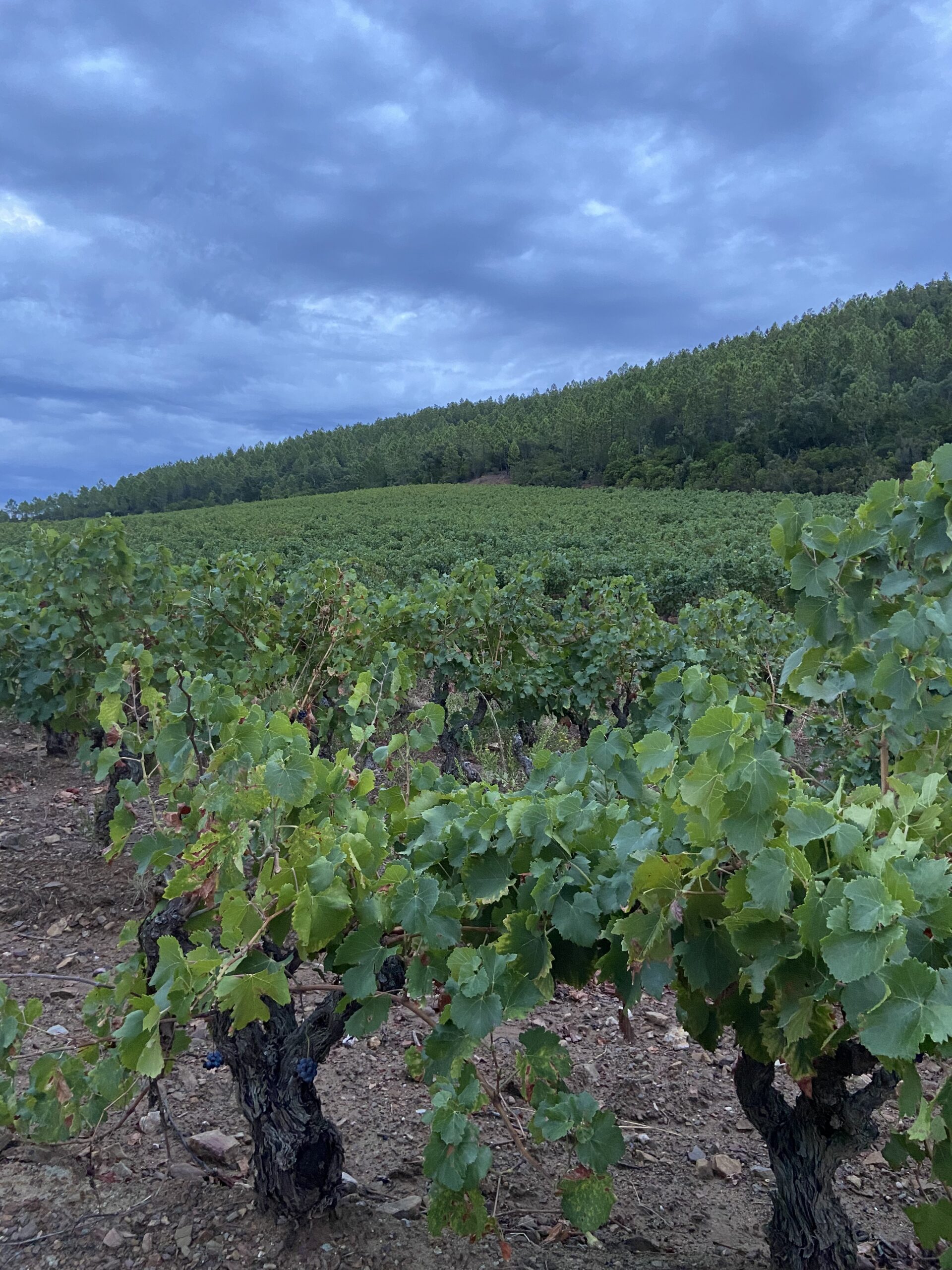
Clos Fanny
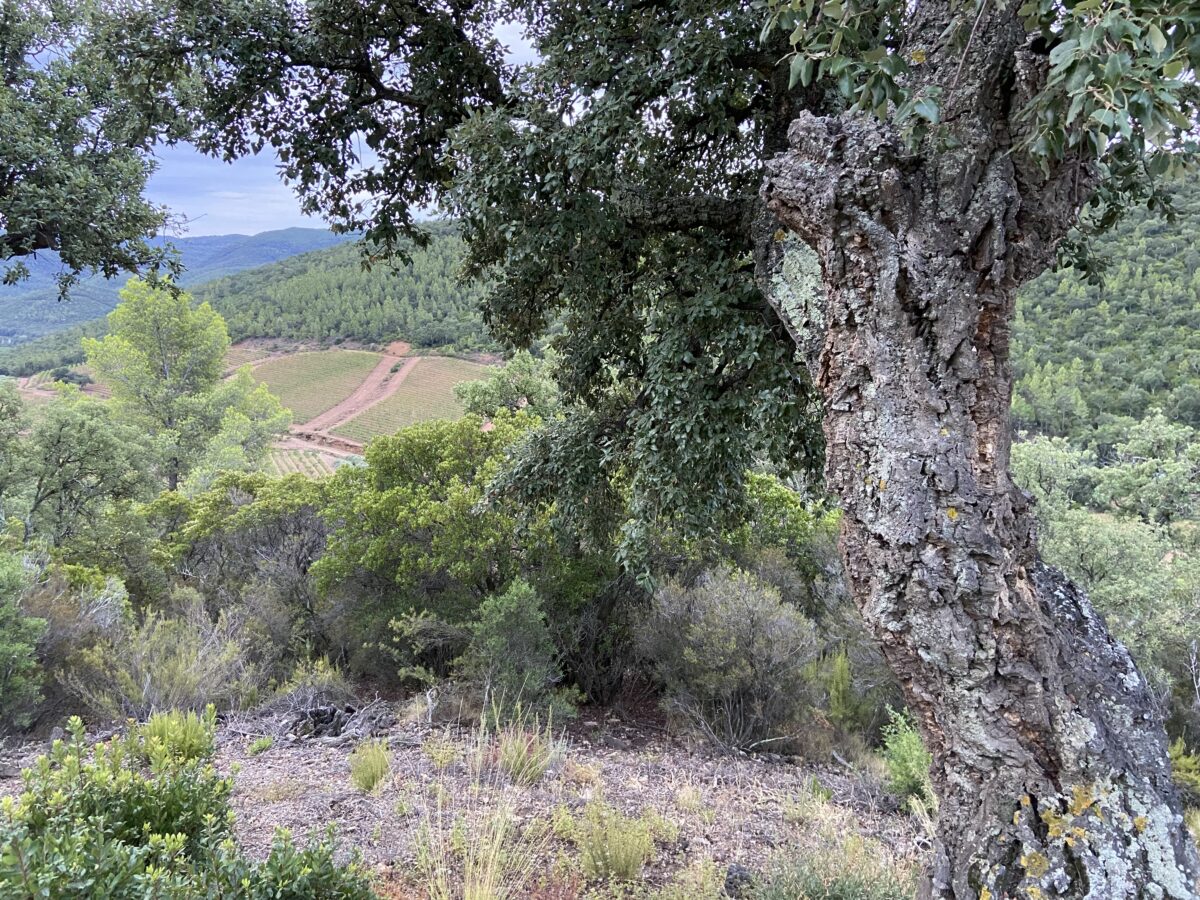
2023 is a special year, because this year the Domaine will be vinifying the vines of a Provencal estate that Figuière bought at the end of 2022.
The Clos Fanny estate, located in the commune of Collobrières, covers 70 hectares deep in the forests in the heart of the Maures Massif. Here, the plots are scattered among groves of cork oak, arbutus, maritime pines and fig trees. The soils are schistose, with bedrock outcrops everywhere – truly a paradise for nature lovers and excellent trails for Mountain Bike riding!
Figuière knows a thing or two about schist, as it’s the same soil as at the historic estate in La Londe les Maures.
This morning, François Combard takes us on a tour of this treasure trove of vineyards.
In his opinion, it’s a beautiful terroir, capable of producing great wines. He’s also delighted that, with these new vines, he’ll be able to reduce the quantity of the négoce purchases and vinify more and more of his own grapes.
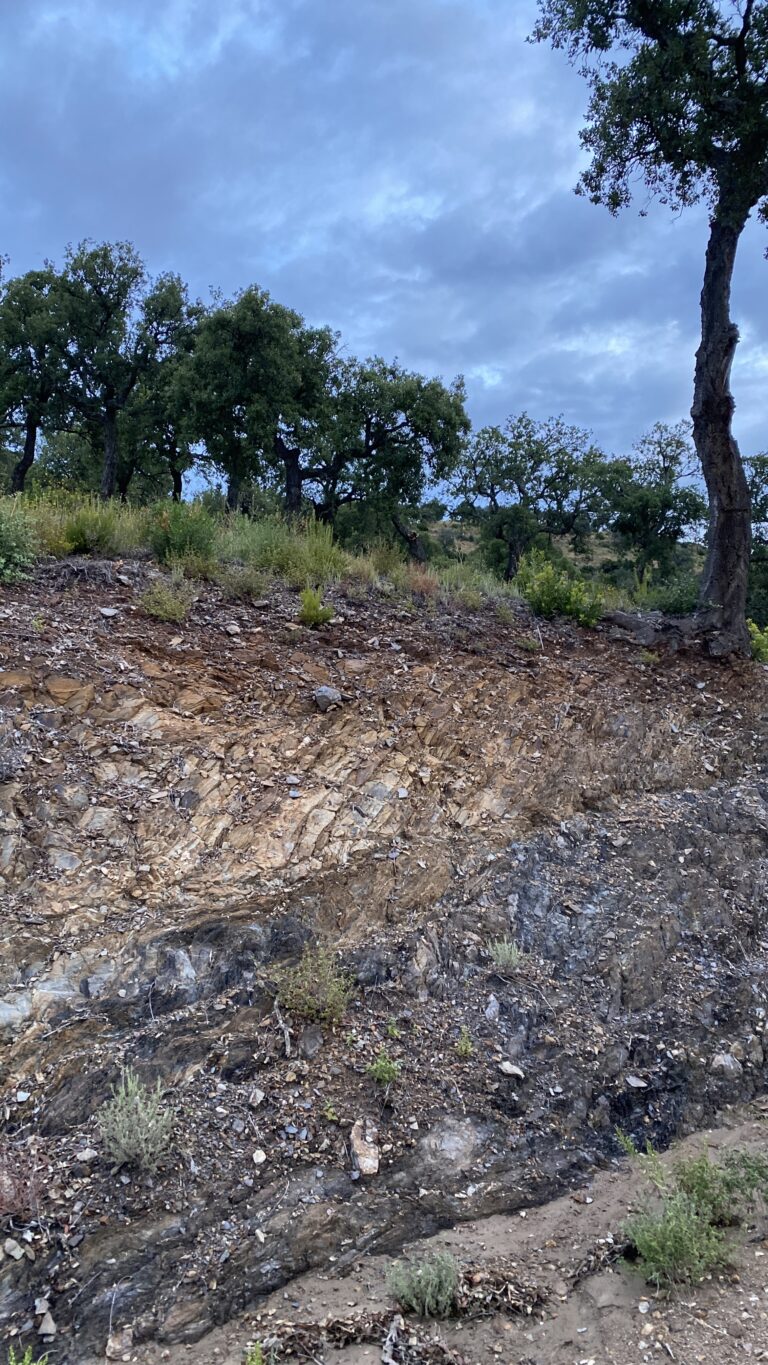
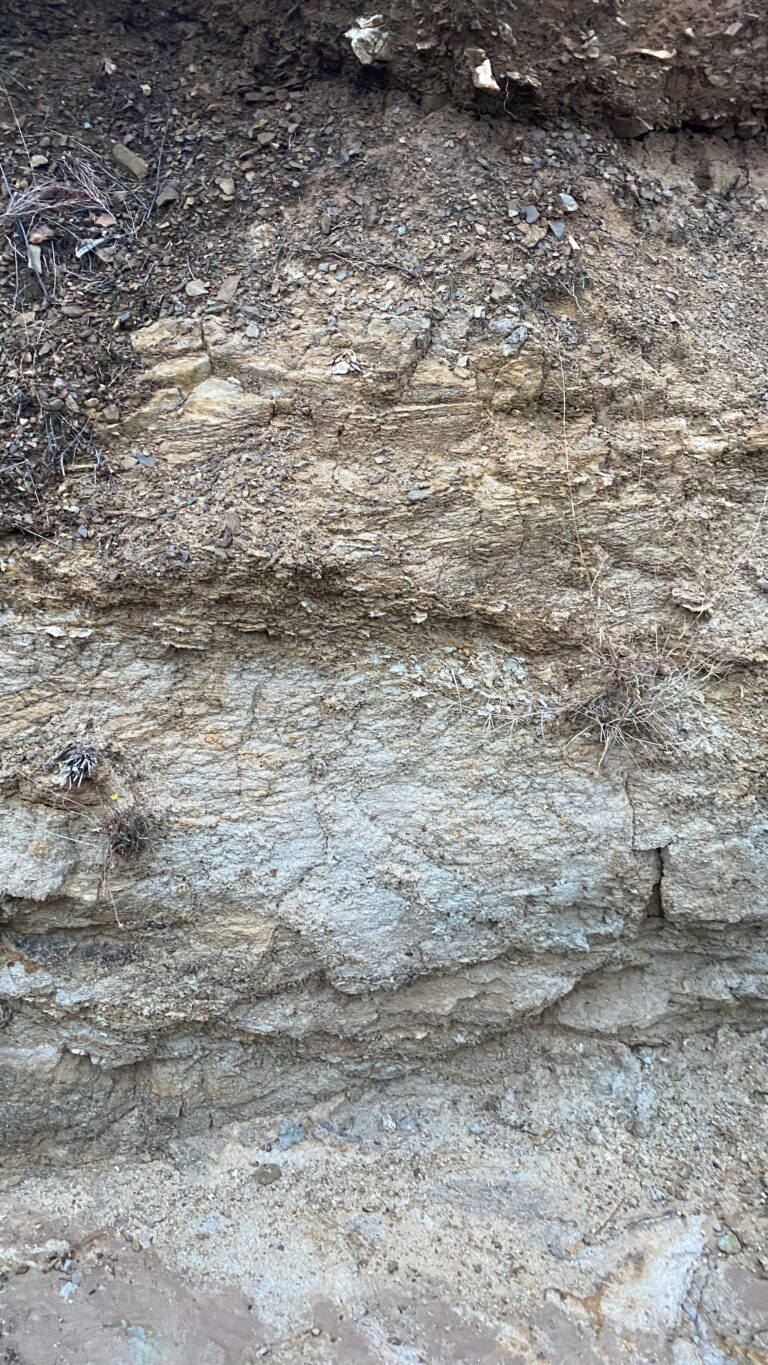
Clos Fanny is divided into two blocks:
One is a jigsaw puzzle of some fifty plots of different sizes, each with their own name. The vine rows follow the topography; vines are planted on the slopes and vegetation is everywhere around. There’s no need to talk about biodiversity here: on the 35 ha of vines, there’s probably the same amount of rich and varied shrubbery.
The grape varieties planted are mainly Grenache and Cinsault. Only 2 ha of Cabernet Sauvignon will be uprooted to make way for Vermentino (Rolle).
The 2nd block of Clos Fanny is more on the plains and terraces, still on poor, acidic schist soils. Here, Grenache, Cinsault and Cabernet Sauvignon are planted. François plans to add Syrah, as he likes the depth it gives to the red wines.
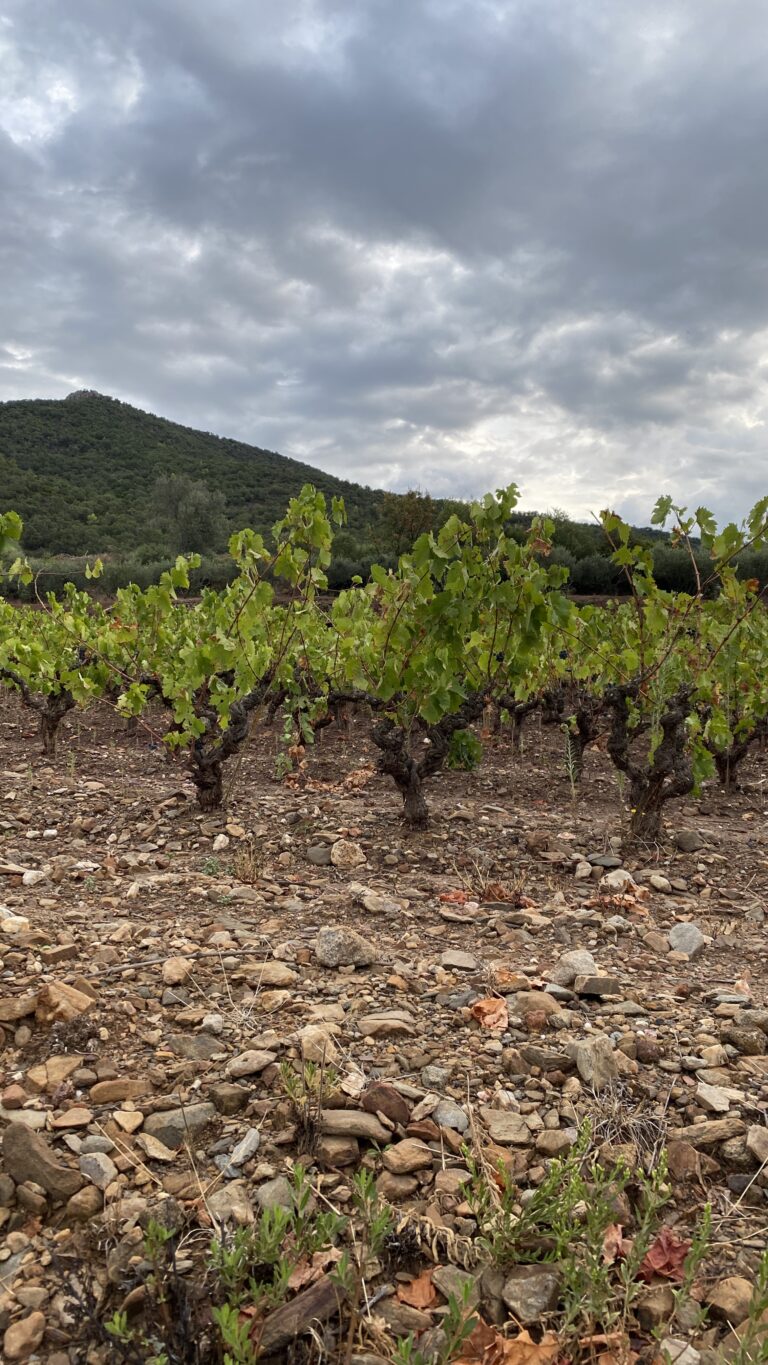
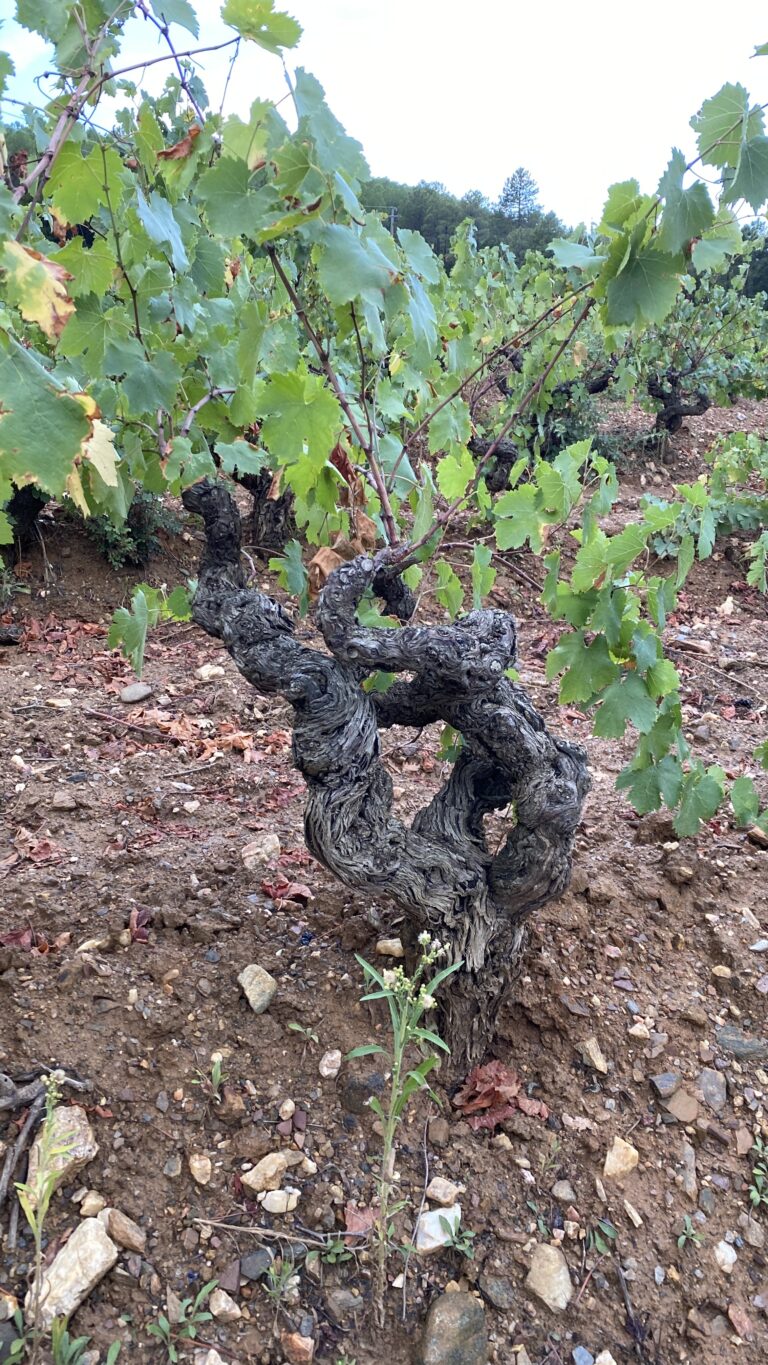
Since the purchase, François Combard has made the site his own, as well as the plots, their organization and the paths that link them all.
Some vines are gobelet, others cordon de Royat, others guyot. In the years to come, due to global warming, we’ll need to expose fewer bunches to the sun and maintain shade. Gobelets offer this advantage, but it is a vine-training style that cannot be mechanized. In Provence, the harvesting machine can be used very early in the morning to bring fresh grapes back to the cellar quickly, and avoid the mid-day sun. On trellised vines, early pruning allows the internodes to be removed so that the cordons produce thicker foliage.
Over these first years to come at Clos Fanny, will be a time for meticulous observation, to understand the environment, the terroir and how to adapt vine management to these new parcels.
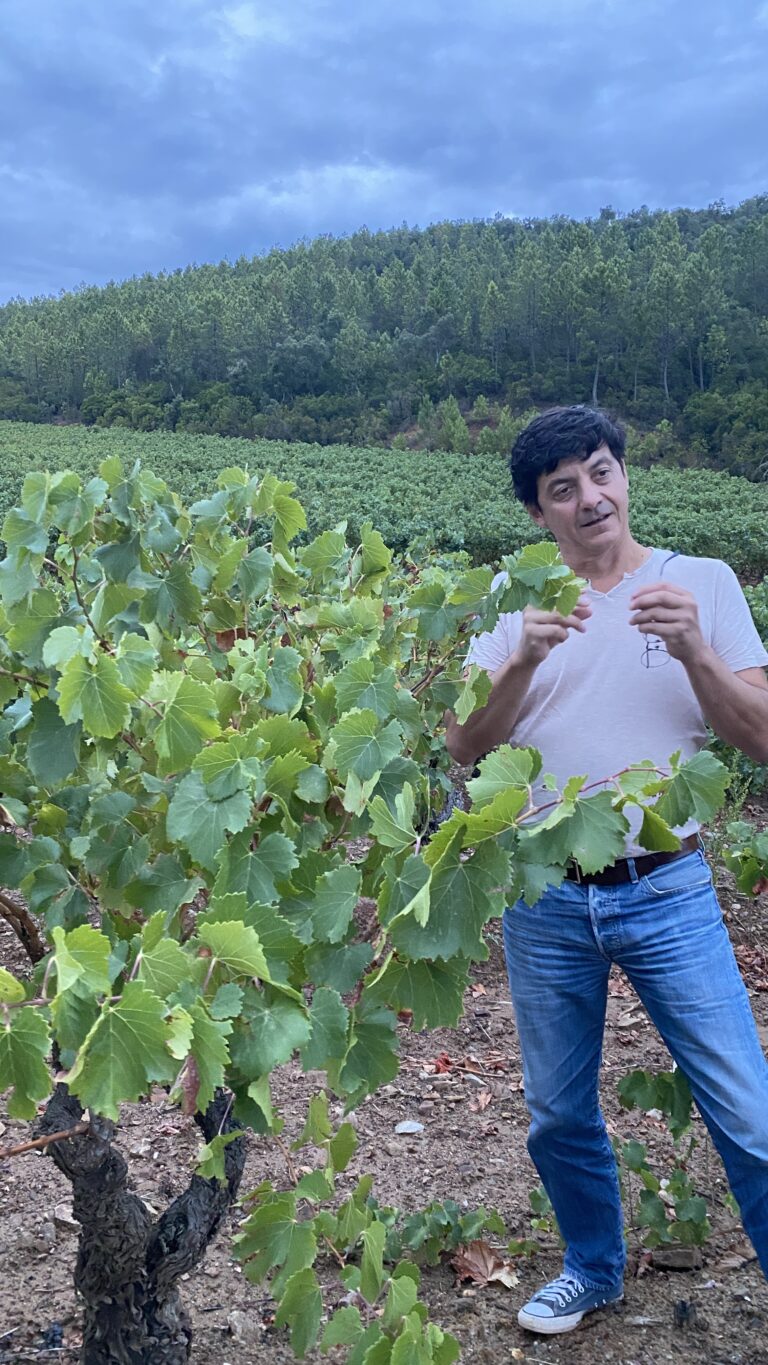
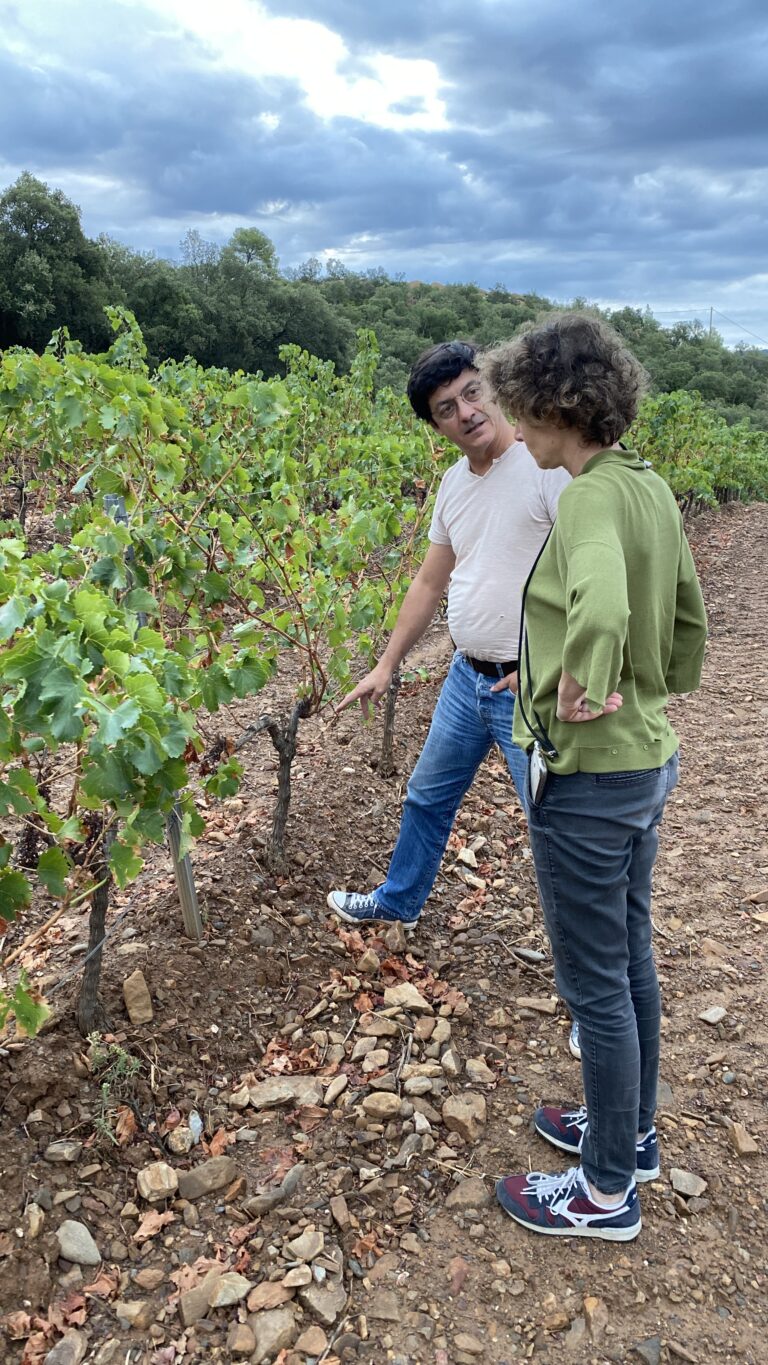
Like the rest of the estate, the viticulture is organic, and the conversation started right away.
As we toured the vineyard, François showed us the viticultural work he would be carrying out in the near future: physiological pruning to respect sap flows and allow the vine to build up reserves by letting the canes strengthen and grow quietly, without fighting at all costs to cut them back, while avoiding the pruning wounds responsible for wood diseases.
For this vine training technique, Figuière called on soft pruning experts Simonit & Sirch from Italy to train the vineyard teams.
Jancis Robinson has written an excellent article on Marco Simonit, “pruning superstar”, here’s the link if you’d like to read it!
A look back at climatology 2023
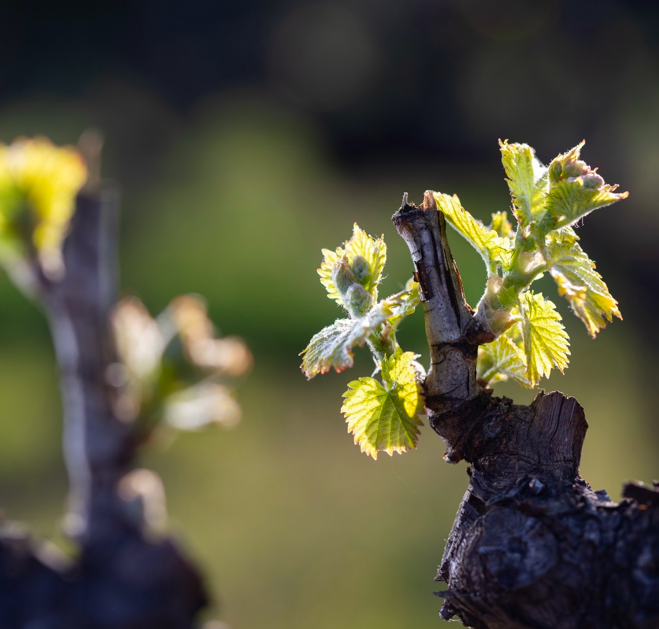
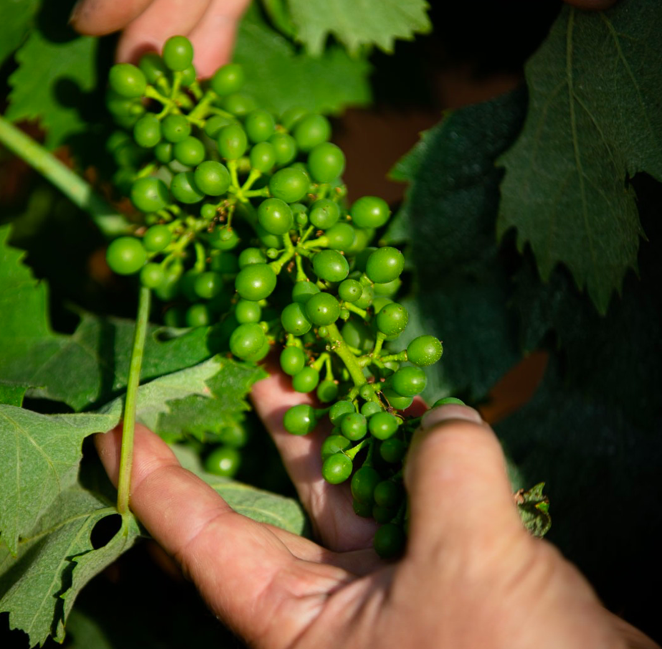
In Provence, the winter was rather cold and dry, with temperatures dipping to -5°C at La Londe and -10°C at Pignans.
Bud-break began at La Londe on March 20, and at the other two sites, Collobrières and Pignans, around March 30.
The rains came quite suddenly in May and June, with 130 mm of water recorded at La Londe, 230 mm at Clos Fanny and 260 mm at Pignans.
Flowering was unhindered, beautiful, fairly abundant and uniform.
Then the weather turned dry again, and the heatwaves came over the summer months.
The harvest, which had been expected to be large, was revised to be less than planned, with a production of small berries.
The vines and grapes were not the only ones to suffer from the repeated heat and drought. The old cork oaks are also losing their leaves, becoming more fragile and susceptible to the parasites they are used to fighting.
The Good news: while the south of France suffered from the heatwave this summer, Provence avoided forest fires – none were reported in the region this season! Why? According to Magali Combard, firefighters and forest rangers spent a lot of time building firebreaks (to contain fires), opening gaps in the forest, clearing dry brush and working with the Var department on strategies to avoid major fires from spreading. Roadsides have been cleared as much as possible to prevent fires starting from cigarette butts thrown out of car windows, and the most sensitive forests are closed to visitors during high-risk periods of the year.
Harvest 2023
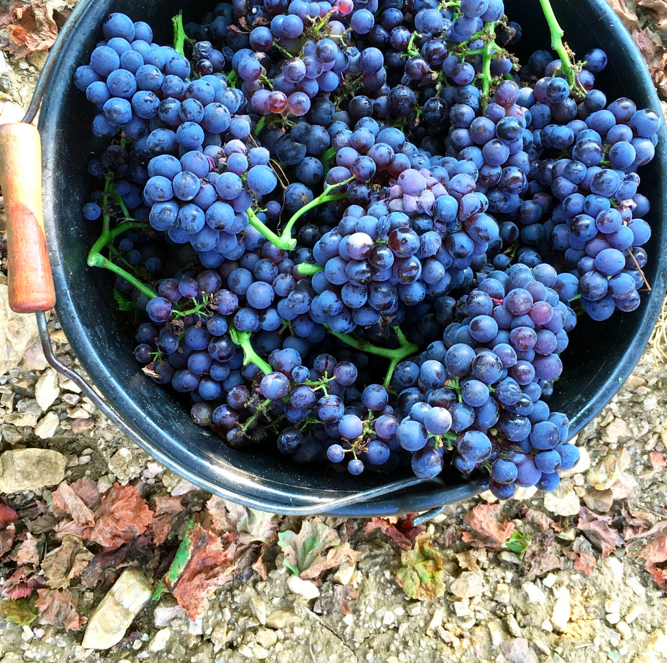
Manual and mechanical, the harvest began in August.
There was a break of several days because the ripening had stalled due to the very hot weather. The vines suffered a real shock and sometimes took a long time to recover.
As soon as these blockages were over, the vines took off again quickly and the harvest was intense, as all the vineyards and grape varieties were ready together.
François Combard is very pleased with the quality of the harvest, after a complicated season, but the results are there!
Harvest on the goblet vines at Clos Fanny was done by hand with a team of 15 pickers (normally 20). The Grenache came in first, then the Vermentino (Rolle) and finished with the Cinsault.
